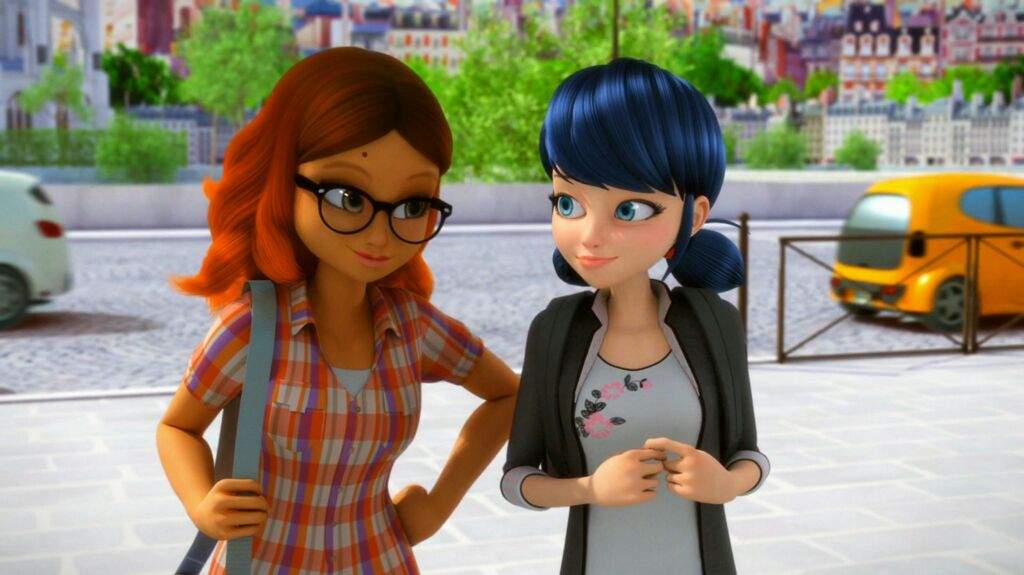 Strong, genuine, and lovable characters—both protagonists and antagonists—are at the core of a solid story; however as every story is interactive in one way or another, it’s not just about how these characters stand on their own. Equally, if not more, important a cast needs to build off of one another to play into a dynamic that is appealing in some way, shape, or form.
Strong, genuine, and lovable characters—both protagonists and antagonists—are at the core of a solid story; however as every story is interactive in one way or another, it’s not just about how these characters stand on their own. Equally, if not more, important a cast needs to build off of one another to play into a dynamic that is appealing in some way, shape, or form.
As with any live-action films and television series, characters in animated works can blatantly lack chemistry with one another. Friendships can feel forced or shallow; and as such, real connections (even in fictional worlds) can be difficult to come by.

However, there are some key series that subtly preach friendship in ways that are filled with sincerity, or in extreme cases, conveyed as believably unbreakable bonds.
There are many different types of friendships showcased in animated works. Some great portrayals that are highlighted in this article include:
- Enid, Rad, and K.O.’s sweet and charming connection in OK K.O.
- Jen, Nikki, Caitlyn, Jude, Jonsey, and Wyatt’s fun and playful group dynamic in 6teen
- Star and Marco’s dance between romantic and platonic in Star Vs. the Forces of Evil
- And basically everyone under the X-Mansion’s roof’s family relationship in X-Men Evolution
Each of these series present a different variation of cartoon friendships that can easily be translated into a spark that is comparable to genuine connections in reality. The chemistry of a group of people on screen can make or break how invested viewers are in these characters, and how likely they are to be pulled into a series as a whole.
The Charming Connection

Enid, Rad, and K.O.’s charming connection presents an unlikely group of friends with varying personalities that fit together like a jigsaw puzzle. They learn more about one another throughout the series, and have grown incredibly fond of each other as well. They are incredibly supportive, acknowledge each other’s strengths, and fill out each other’s weaknesses. The way these personalities bounce off of one another makes the character-driven series addicting to watch, and has become one of its greatest and most defining features [also see Milo Murphy’s Law and We Bear Bears].
The Playful Group Dynamic

The six protagonists of 6teen present a group dynamic that centers the series. It’s a simple episodic show which premise is about the day-to-day life of 6 teenagers who spend the vast majority of their time outside of school hanging out at a local mall. These characters fit into commonly-used tropes; hence, their personalities are not necessarily complex:
- Jen, the athletic overachiever
- Nikki, the goth who takes a sarcastic approach to life
- Caitlyn, the spoiled and shallow girl with a secretly large heart
- Wyatt, the reserved and struggling musician
- Jonesy, the lady-obsessed narcissist
- Jude, the chill skater dude

Perhaps this overtly-stereotypical cast wouldn’t work in this day and age where uniqueness is the way to go (hello Adventure Time and Steven Universe), but when 6teen was at its prime in 2005, this playful dynamic was all the rage. Circling back to the topic of this article, not only is there at least one character that most people watching can resonate with, but the group as a whole bounces off one another seamlessly [also see Stoked, Craig of the Creek, Voltron: Legendary Defenders, Danny Phantom, The Emperor’s New School].

Being so different works exceptionally well; not only for the series’ creators to get all of their bases covered, but they each share a different perspective and approach to zany issues that ultimately have them working together to fill one another’s shortfalls—personality and otherwise. Despite being such a contrast in characters, they fit together like the perfect jigsaw puzzle.
In universe, the main dynamic showcased in 6teen can be described as exciting, playful, youthful, relatable, and comedic. But it can also be described as caring, empathetic, supportive, and lifelong. This series has taken a snapshot of what it is like to be a young person living with a core support system outside of family, and definitely deserves more credit in displaying such exciting relationships.
The Romantic vs. Platonic Question
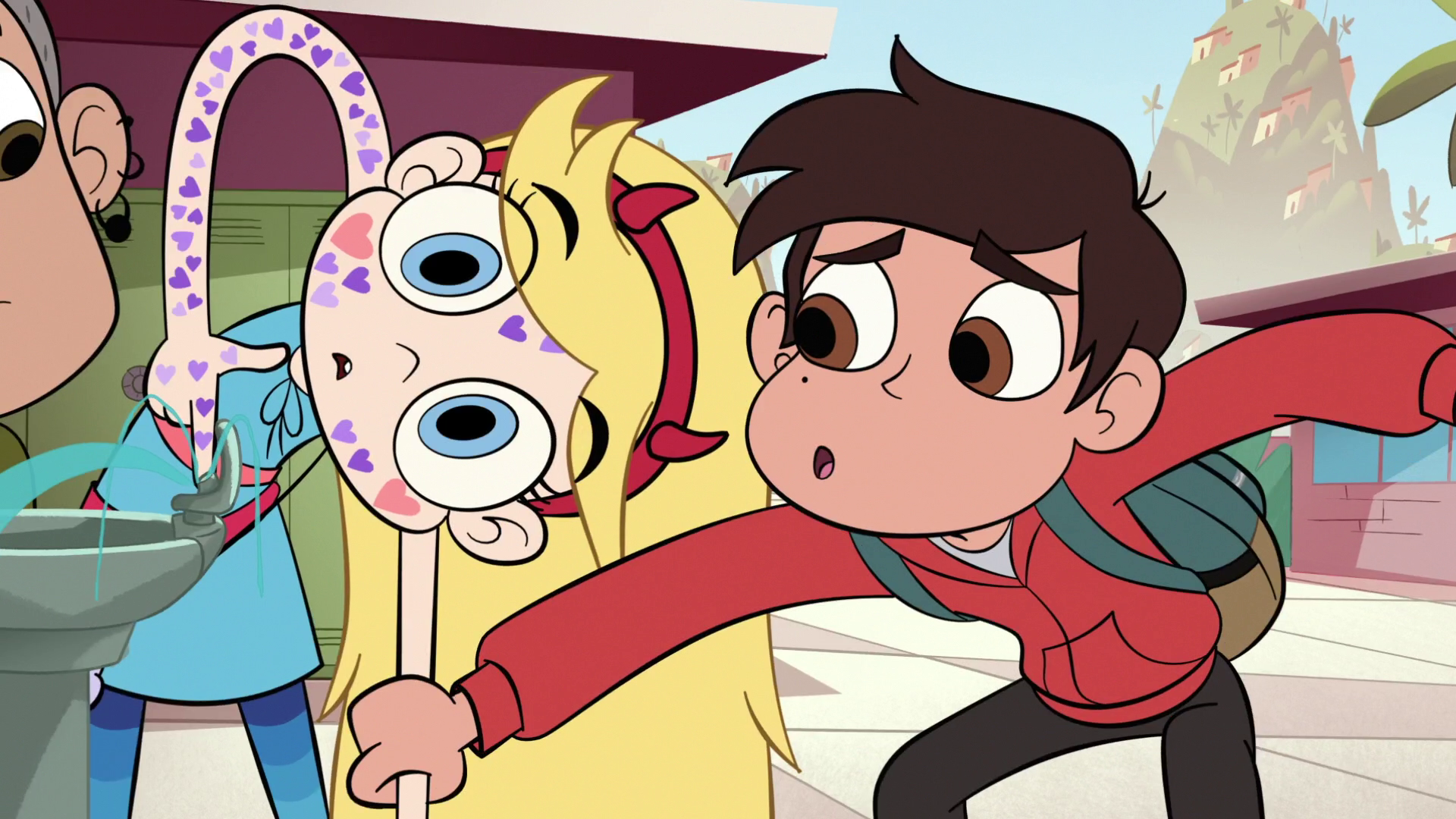 Star and Marco of Star Vs. the Forces of Evil share a special nuanced relationship. These characters have been friend only for 2 entire seasons before the question of more than friends hit smack during its mid-season-2 finale (Kim Possible anyone?). Star and Marco bounce off of each other very well; Star being the adventurous crazy type, and Marco granted the unsolicited nickname of “safe kid” throughout the series’ entire first season.
Star and Marco of Star Vs. the Forces of Evil share a special nuanced relationship. These characters have been friend only for 2 entire seasons before the question of more than friends hit smack during its mid-season-2 finale (Kim Possible anyone?). Star and Marco bounce off of each other very well; Star being the adventurous crazy type, and Marco granted the unsolicited nickname of “safe kid” throughout the series’ entire first season.
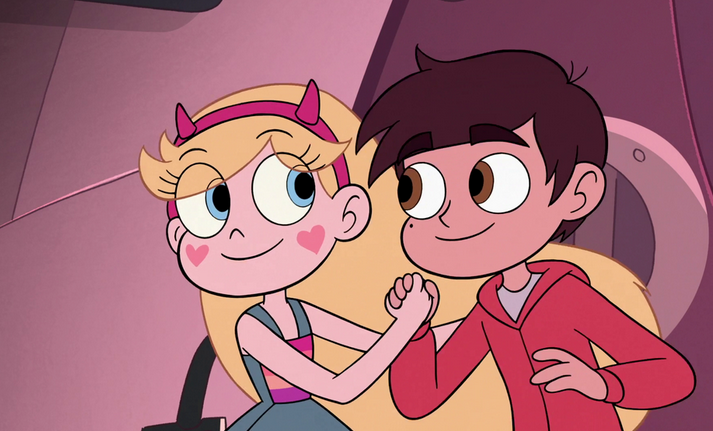 What’s great about their on-screen dynamic is that it is one of the most believable friendships that has graced animated television in recent time. The amount Star and Marco care for one another is immense—to the point where, as they have grown so much together, it only makes sense that the idea of a blossoming romantic relationship is in the question.
What’s great about their on-screen dynamic is that it is one of the most believable friendships that has graced animated television in recent time. The amount Star and Marco care for one another is immense—to the point where, as they have grown so much together, it only makes sense that the idea of a blossoming romantic relationship is in the question.
The way these character’s relationship is built is so genuine, that the romantic angst which follows comes naturally. During the series’ most recent season, our duo’s relationship has only grown more complex as their romantic timing is completely out of sync. But despite Star being in another relationship, the protagonists are beginning to realize that they are perfect for one another.
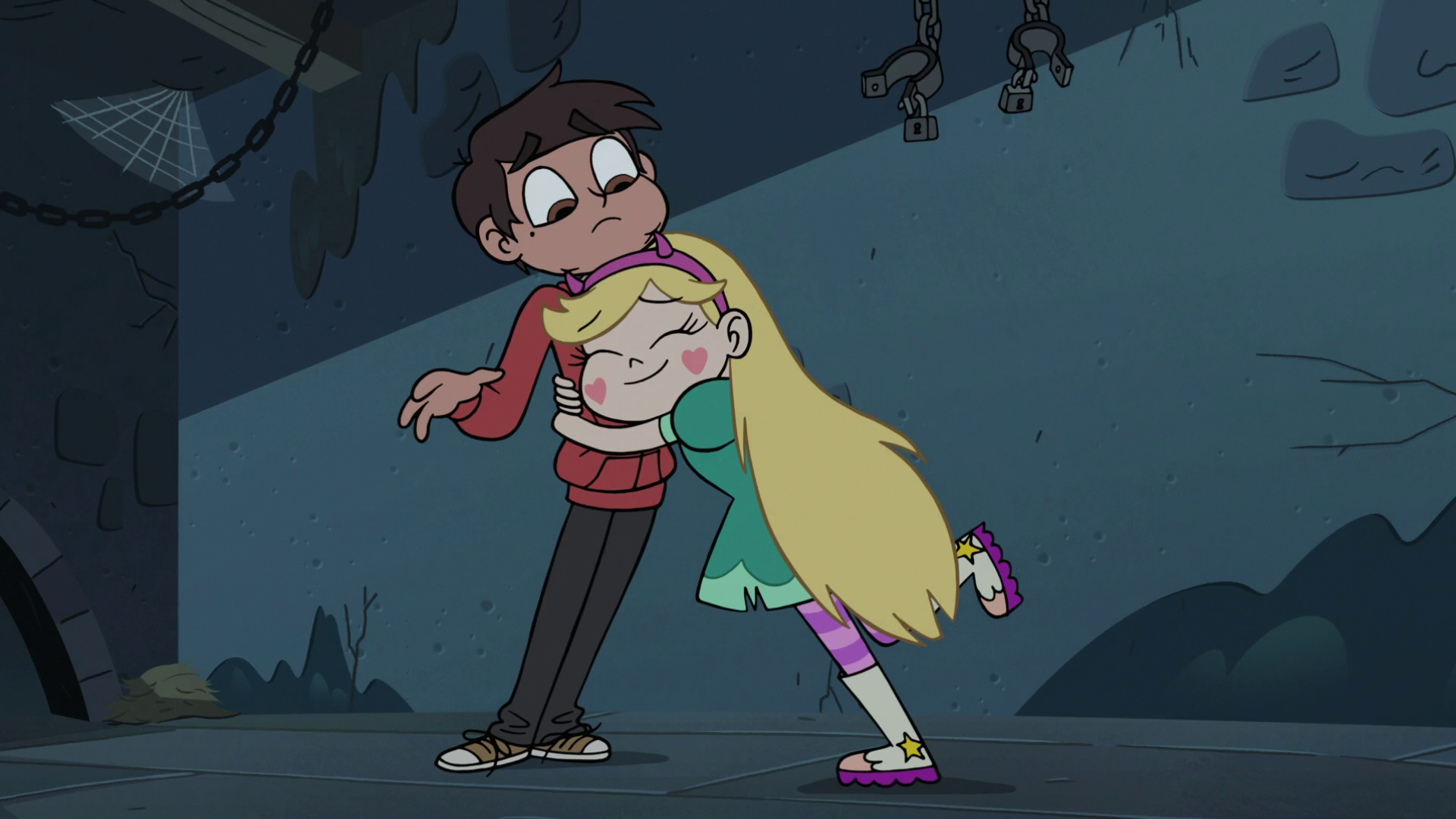 Both friendships and romantic relationships are arenas difficult to maneuver within—especially at a young age. It’s only natural that new feelings are explored and the characters grow both together and apart. To put it simply, where the latest season leaves off, Star and Marco’s relationship can be best described as increasingly awkward. But this does not even begin to change how much these characters care for one another and how much they still see each other as a huge part of their lives. They will silently fight through and mishaps and emotional struggles to stay within each others’ radar. These emotions are powerful, and conveyed as relatable and believable.
Both friendships and romantic relationships are arenas difficult to maneuver within—especially at a young age. It’s only natural that new feelings are explored and the characters grow both together and apart. To put it simply, where the latest season leaves off, Star and Marco’s relationship can be best described as increasingly awkward. But this does not even begin to change how much these characters care for one another and how much they still see each other as a huge part of their lives. They will silently fight through and mishaps and emotional struggles to stay within each others’ radar. These emotions are powerful, and conveyed as relatable and believable.
The Roommate-Turned-Familial Ties
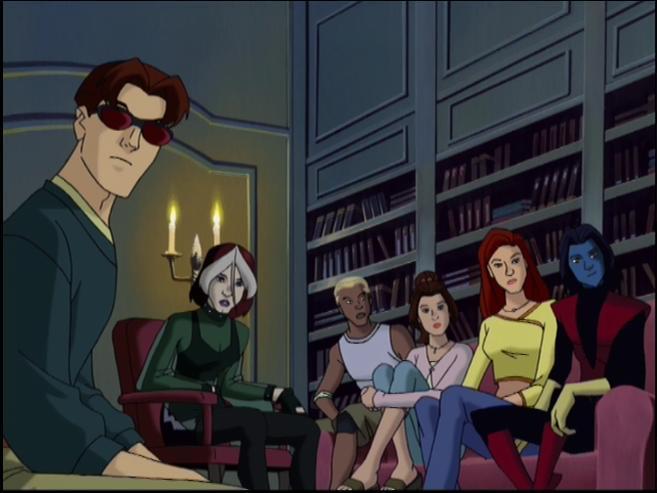 Finally, the relationship of the X-Men: Evolution cast is wonderfully realistic. A group of people who’s deviation from the norm, or “mutant abilities” if you will, brings them together. The cast of X-Men: Evolution exemplifies this dynamic exceptionally well. These are characters who don’t necessarily have a ton in common, but stay united as they’re the only ones who understand each other on a fundamental level. This understanding is enough to forge an unbreakable bond, despite their friendship likely not thriving in any other case.
Finally, the relationship of the X-Men: Evolution cast is wonderfully realistic. A group of people who’s deviation from the norm, or “mutant abilities” if you will, brings them together. The cast of X-Men: Evolution exemplifies this dynamic exceptionally well. These are characters who don’t necessarily have a ton in common, but stay united as they’re the only ones who understand each other on a fundamental level. This understanding is enough to forge an unbreakable bond, despite their friendship likely not thriving in any other case.
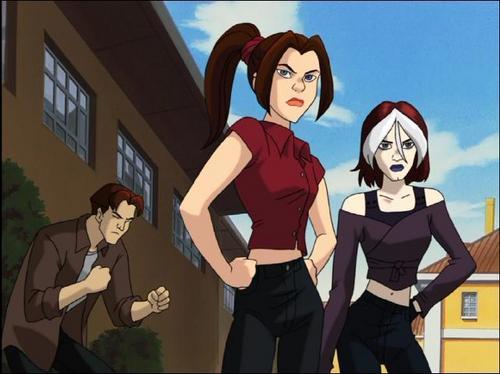
This type of relationship is more so defined by people of stark contrast coming together via obligation or necessity above all else [also see Young Justice, Teen Titans, Avatar: the Last Airbender, Mysticons, & Phineas and Ferb]. Since these characters are essentially forced out of circumstance to spend many waking hours with one another, their tolerance/adaption soon transforms into deep friendships with some, and supportive acquaintances with others. Overall, this defines a familial relationship where characters learn to get along with each other to the point where they still heavily support one another when it matters despite clashes in values, characteristics, and personalities.
This type of relationship defines what it is like to be a part of a family: not necessarily seeing eye to eye, but supporting one another regardless.
 Overall, there are many cartoons out there that present friendship as deep as an empty shell; however, there are also many great titles that actively focus on building strong relationships between its characters. The latter is made up of excellent animated works that draws viewers in because the characters are so addicting to watch—even if the series isn’t specifically character-driven.
Overall, there are many cartoons out there that present friendship as deep as an empty shell; however, there are also many great titles that actively focus on building strong relationships between its characters. The latter is made up of excellent animated works that draws viewers in because the characters are so addicting to watch—even if the series isn’t specifically character-driven.
What is most evident is that many of the series mentioned above have a spark that cannot be easily replicated. It takes a level of careful consideration to come up with, not only stand-out characters on their own, but those that light up a room when they’re together. Characters that play off of one another form an iconic cast that is addicting to watch on screen (Yzma and Kronk anyone?).
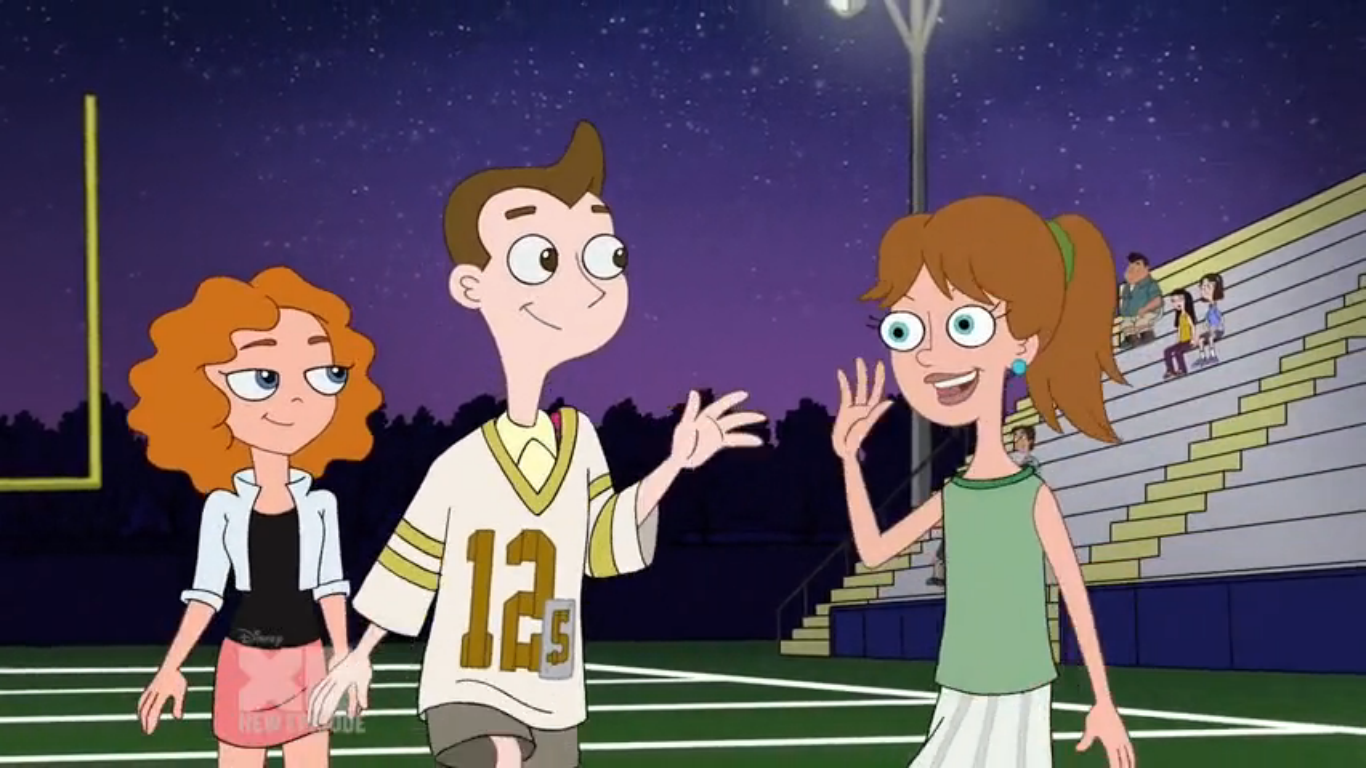 A/N: What a great batch of surreal friendships (literally)! As someone who didn’t have many close friends growing up, I would vicariously live through these—and many more—cartoon characters. Sad, I know. But hey, if I didn’t drown my sorrows in animation as an escape from my oh-so-difficult 12-year-old reality, this blog would probably not exist. So yeah..
A/N: What a great batch of surreal friendships (literally)! As someone who didn’t have many close friends growing up, I would vicariously live through these—and many more—cartoon characters. Sad, I know. But hey, if I didn’t drown my sorrows in animation as an escape from my oh-so-difficult 12-year-old reality, this blog would probably not exist. So yeah..
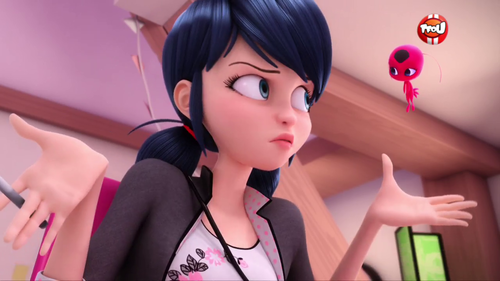 Female portrayals are improving immensely within the arena of modern-day cartoons. Alongside the increase of women showrunners, writers, and storyboard artists within the animation industry, many female characters are being placed in the roles of leaders, fighters, and influential advocates. A few examples include: Star Butterfly of
Female portrayals are improving immensely within the arena of modern-day cartoons. Alongside the increase of women showrunners, writers, and storyboard artists within the animation industry, many female characters are being placed in the roles of leaders, fighters, and influential advocates. A few examples include: Star Butterfly of 
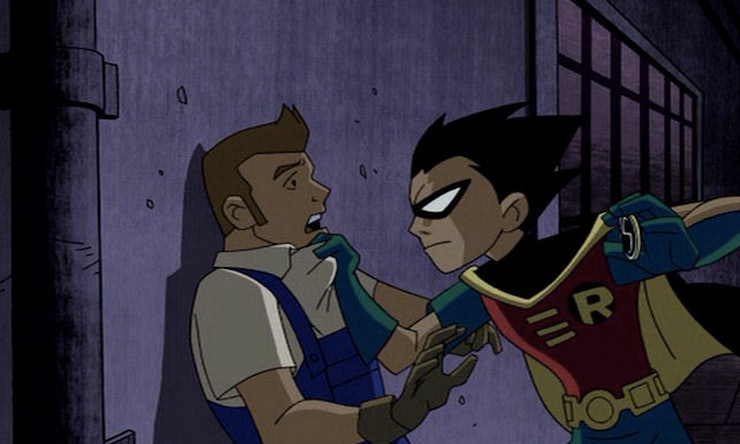 Characters who are beloved by many, myself included, do not escape negatively stereotypical traits. Some examples include: Robin of
Characters who are beloved by many, myself included, do not escape negatively stereotypical traits. Some examples include: Robin of 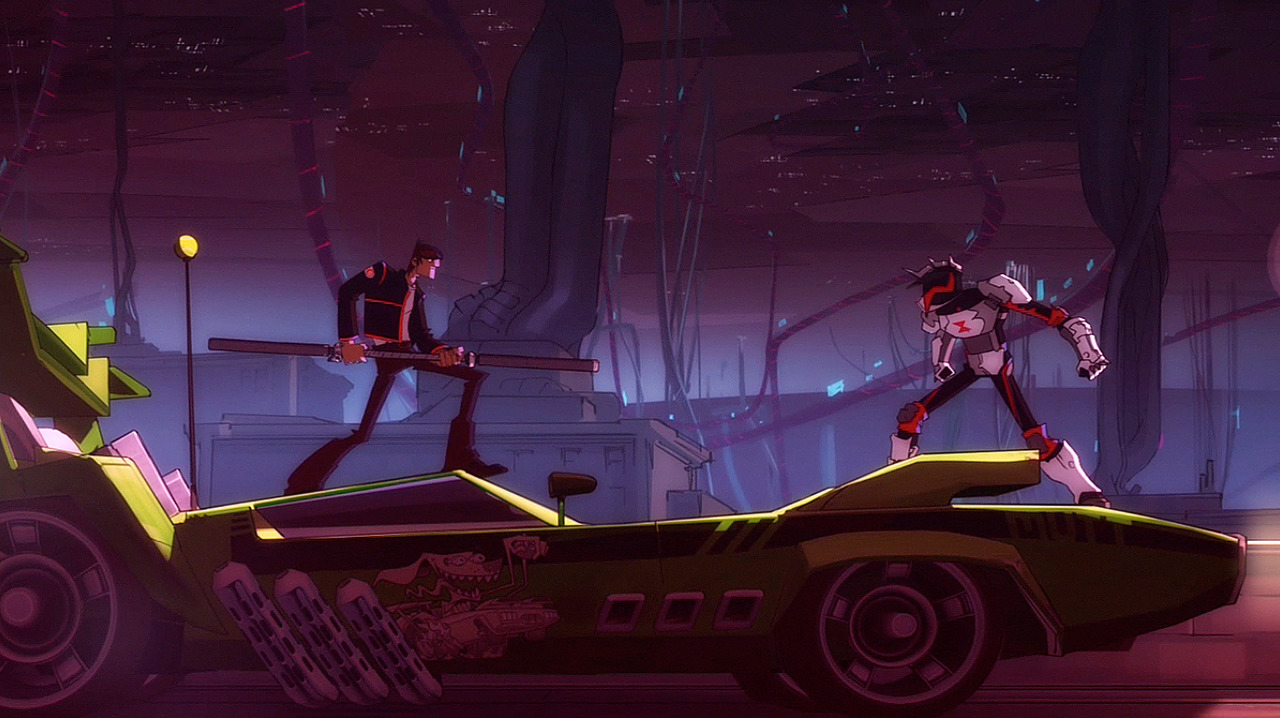
 Another problematic trope commonly portrayed through male cartoon characters can be identified through an opposing set of traits: clueless, frightful, clumsy, and emotional are some adjectives that define this stereotype. Characters like Ron Stoppable and Danny Fenton (in civilian form) embody this personality. And despite often being well-loved by the audience, they are typically completely disrespected within the context of their respective series. These characters are seen to hold a low social ranking and are often bullied as a result. They typically carry relatable human insecurities that are openly seen as unfavourable, with other characters treating them as the punching bag of the series or viewing them as a form of comedic relief.
Another problematic trope commonly portrayed through male cartoon characters can be identified through an opposing set of traits: clueless, frightful, clumsy, and emotional are some adjectives that define this stereotype. Characters like Ron Stoppable and Danny Fenton (in civilian form) embody this personality. And despite often being well-loved by the audience, they are typically completely disrespected within the context of their respective series. These characters are seen to hold a low social ranking and are often bullied as a result. They typically carry relatable human insecurities that are openly seen as unfavourable, with other characters treating them as the punching bag of the series or viewing them as a form of comedic relief.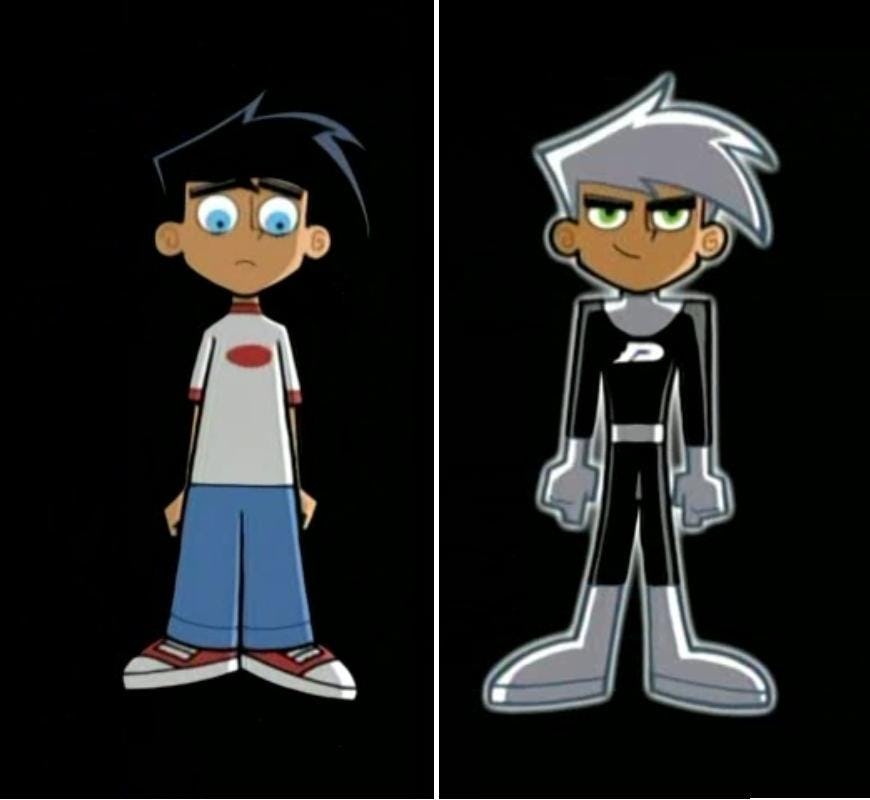

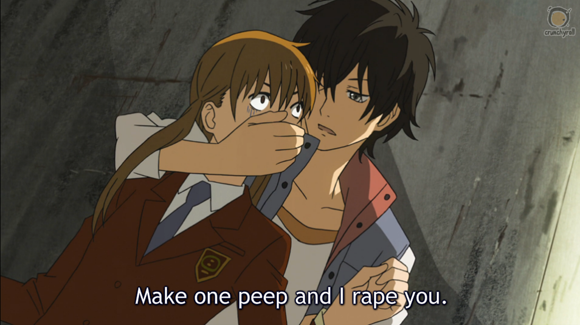

 The TED Talk titled
The TED Talk titled 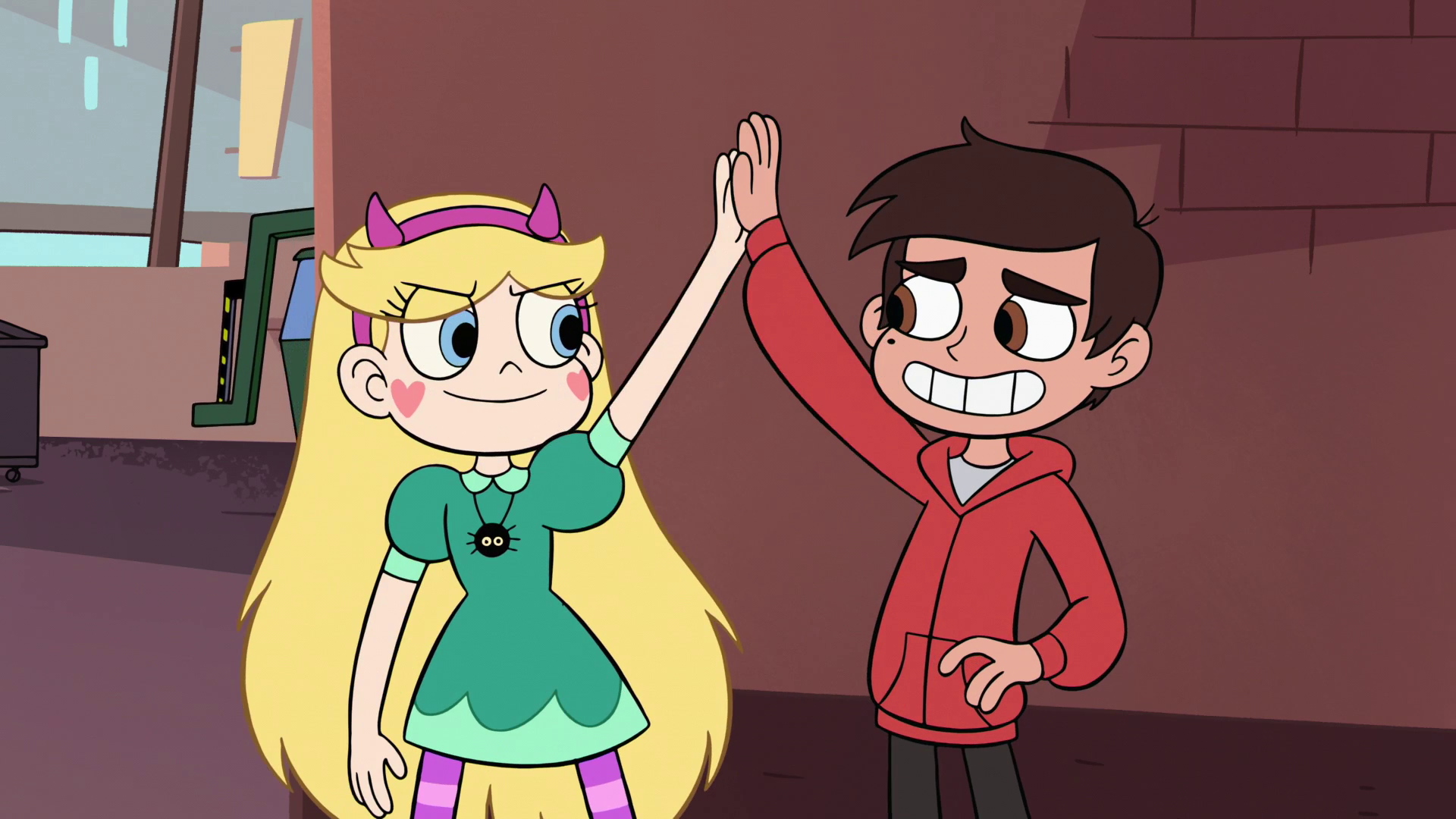 Stokes summarizes that the media text that young boys and girls are exposed to need to present male characters as working alongside their female counterparts—they need to learn to work in unison with others regardless of gender rather than constantly being fed the idea that men are built to fight alone; because in reality, no one should face adversity on their own, head on.
Stokes summarizes that the media text that young boys and girls are exposed to need to present male characters as working alongside their female counterparts—they need to learn to work in unison with others regardless of gender rather than constantly being fed the idea that men are built to fight alone; because in reality, no one should face adversity on their own, head on.